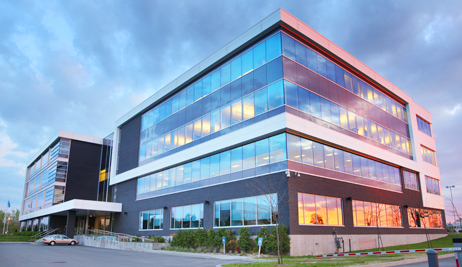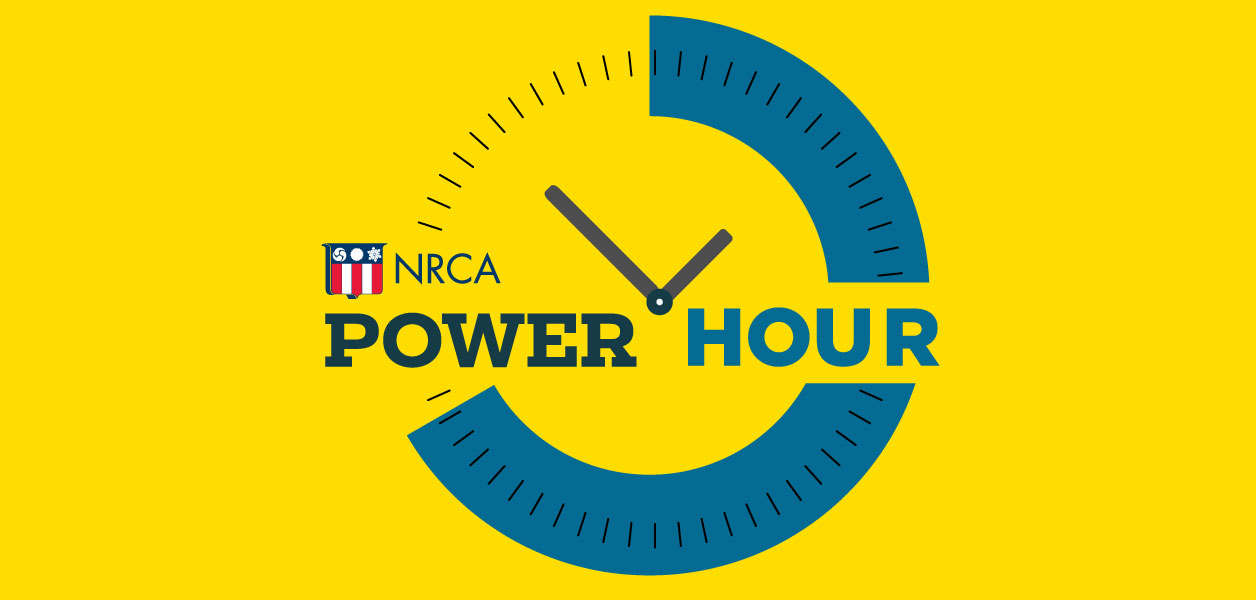Dodge Data & Analytics, New York, has reported construction starts increased 2 percent in January. Total construction starts in January were unchanged compared with January 2018.
"January's slight increase suggests that construction starts are beginning to stabilize after the diminished activity reported at the end of last year," says Robert A. Murray, chief economist for Dodge Data & Analytics. "This is consistent with the belief that total construction starts for 2019 will be able to stay close to last year's volume. It's true that the rate of growth for total construction starts has subsided from the 7 percent annual gain reported back in 2017, but it's still too early to say that construction activity has made the transition from deceleration to decline.
"In early 2019, there are several near-term positives for construction," Murray continues. "Interest rates have settled back from levels reached during last year's fourth quarter, material prices appear to be rising more slowly, and the partial government shutdown was brought to a close. The federal budget deal signed into law on February 15 included a 2 percent increase to $45.3 billion for the federal-aid highway obligation ceiling, as called for by the 2015 Fixing America's Surface Transportation Act. However, the benefits of tax reform on economic growth are expected to wane this year. Furthermore, the most recent survey of bank lending officers conducted by the Federal Reserve suggests that a more cautious lending stance emerged during the latter half of 2018, especially with regard to loans for multifamily projects."
Nonresidential building construction increased 1 percent in January. In the commercial category, office construction climbed 18 percent; hotel construction rose 10 percent; manufacturing plant construction grew 9 percent; warehouse construction dropped 13 percent; and store construction fell 24 percent. In the institutional category, public buildings rose 46 percent; transportation terminal construction grew 39 percent; amusement-related construction increased 1 percent; educational building construction decreased 10 percent; health care facility construction declined 11 percent; and churches fell 34 percent.
Residential building construction rose 4 percent in January. Single-family housing was unchanged, and multifamily construction grew 14 percent.
Nonbuilding construction rose 1 percent in January.
During the first month of 2019, nonresidential building was down 12 percent compared with the same time period in 2018. Residential building decreased 13 percent, and nonbuilding construction dropped 10 percent. By geographic region, the South Atlantic rose 2 percent; Northeast dropped 10 percent; South Central decreased 11 percent; West declined 12 percent; and Midwest fell 33 percent.





